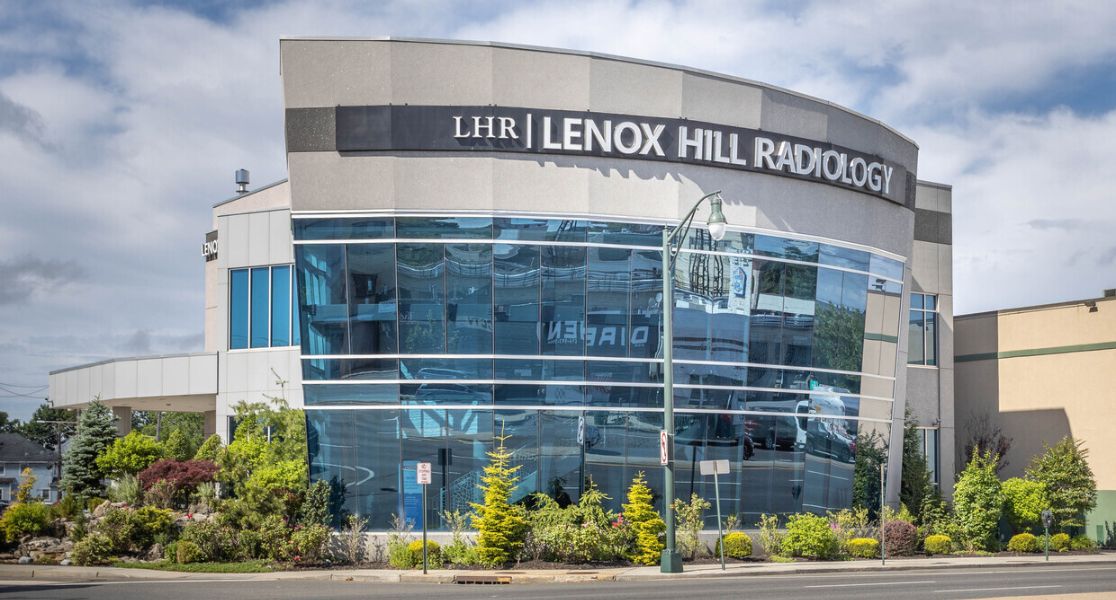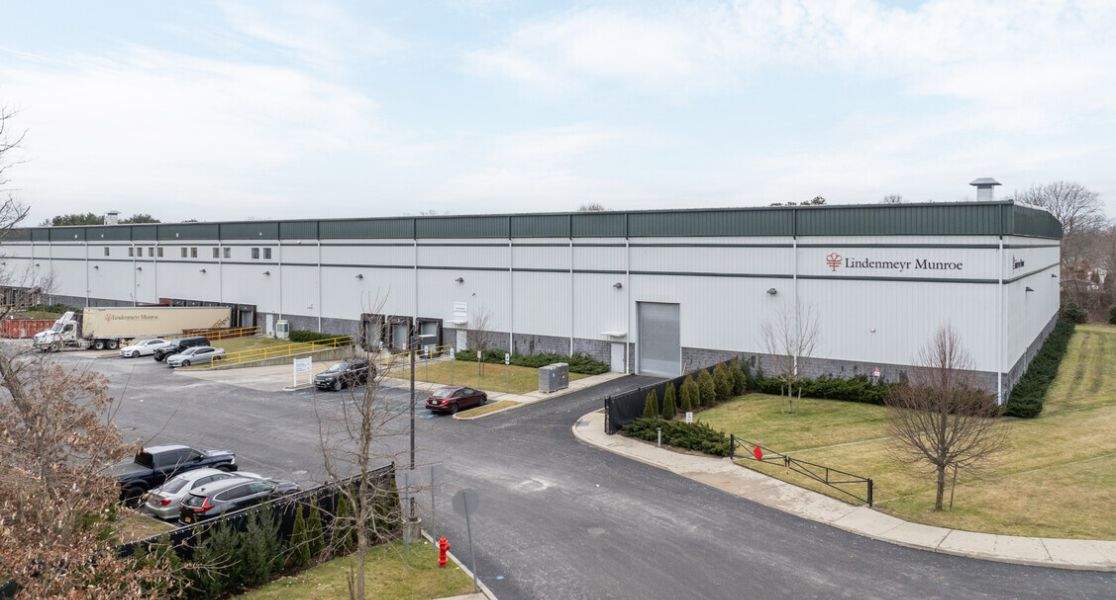
Environmental Site Assessment or “ESA” is likely a term you’ve heard before as you may have experienced the need for an ESA while buying or selling commercial real estate property.
In this article we will take a deep dive into the two most commonly conducted phases of an Environmental Site Assessment and provide you with explanations on what each of these phases are, and what the need for them is.
Why You Should Conduct an Environmental Site Assessment
The primary reason to conduct an ESA is to determine whether the property presents a liability risk. These ESAs help to identify the risks of contamination from such contaminants such as petroleum, heavy metals, pesticides and more. ESAs also assist in determining the scope of contamination, compliance or non-compliance with applicable laws, and methods for dealing with the identified contamination going forward. In regards to the timeline in which one should conduct a Phase I ESA, this assessment should be carried out before a real estate deal is firm and in the early stages of the due diligence period.
Environmental Site Assessment Phase I
An Environmental Site Assessment Phase I should be an integral step in acquiring a commercial real estate property. A Phase I ESA is a report that summarizes a site visit and records review of a property and its surrounding area to determine if any additional environmental investigation is necessary to thoroughly understand the liability risks associated with the identified property.
When deciding on conducting an Environmental Site Assessment it is wise to look at the current use of the property or a known past use that could have been potentially hazardous to the environment, such as a gas station, tire storage facility, laundromat, or if an underground storage tank is associated with the site. In a Phase I ESA, no laboratory testing, sample gathering, intrusive investigation or physical analysis is required.
These environmental assessments carried out by an accredited environmental consultant, are conducted in a consistent and systematic approach and contain four components:
- Records Review: chain of title review, determine surrounding land use, historical aerial photograph review, agency contacts and related record
- Site Reconnaissance: visual inspection of the property and improvements, inspect confines of building, observe property boundary measurements, photographs of property
- Interviews: past and present property managers, tenants, owners, etc. Could also include agencies such as fire departments, local health department, petroleum tank management, water departments, etc.
- Report: including documentation, scope of services, findings, opinion, additional investigation suggestions, data gaps, conclusions
Environmental Site Assessment Phase II
A Phase I ESA that raises the possibility of contamination is usually the trigger for a Phase II ESA. The Phase II is performed to help answer questions that arise in a Phase I such as if are there buried tanks and if contamination exists from past uses of the property, etc.
The Phase II Environmental Site Assessment requires on-site drilling to sample soil and groundwater and to ascertain if contamination exists and to what extent. The process includes: gathering of lands and buildings, physical analysis, and laboratory testing of the samples for contaminants. As in a Phase I ESA, the results of a Phase II ESA are reviewed and reported on by a qualified consultant. A Phase II can include: geophysical survey, ground-penetrating radar (GPR), metal detector sweep, and test pits.
From these investigatory results conclusions are then drawn from the data collected. If conditions are identified that may require remediation, the recommendations section of the report will discuss options available as well as costs for addressing each area of concern.
Yes, both Phase I and Phase II of ESA’s can be costly in terms of dollars spent, however, it can be of great value by reducing the risk of contamination. ESA’s can cause a deal to die but can also help to negotiate a purchase price that factors in risk and remediation costs.






